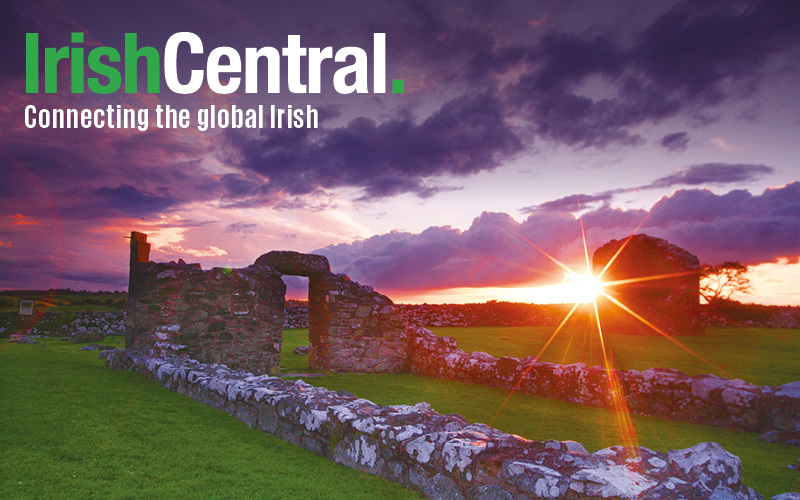Despite the flagging Euro and current good exchange rate for the US dollar, a trip to Ireland is still an expensive excursion (although one that is very much worth it).
If you’re still saving your dollars for a future adventure, you can now whet your appetite by visiting two of Dublin’s greatest cultural institutions all from the comfort of your own home.
Trinity College Dublin (TCD) and the Little Museum of Dublin have recently made a hundred years of Irish history and culture available online through Google Cultural Institute and everyday objects such as diaries, photos and posters are now digitally available the world over to provide insight into Irish life throughout the 20th century.
TCD’s contribution includes over 80 items from World War One captured from Trinity’s rare books and manuscripts collection, as well as previously unpublished letters from Irish soldiers serving in the British Army as far away as France, Pakistan and Iraq.
Trinity’s library was established along with the University itself in 1592 and is currently the largest research library in Ireland. From its six million volumes and extensive unique collections it has made a special exhibition entitled “1914 - 1918: The Great War Revisited” available to Google.
The Little Museum of Dublin, however, focuses on Irish life after the World Wars, from the transformation Dublin undertook from the early years of rebellion to the conservative reign of the Catholic Church, the changes that led to the rise and fall of the Celtic Tiger, and the change in Dublin society that has led to the recent decline of the Church in the city’s day-to-day life.
The museum was launched in 2011 with an appeal to the public to contribute historic objects. To date, they have collected over 5,000 artifacts including old copies of The Irish Press, the lectern from which President Kennedy addressed the Dáil and the Seanad, photographs of the artist Francis Bacon, and memorabilia from the 32nd International Eucharistic Congress hosted in Ireland in 1932, all now available to view on Google Cultural Institute.
Just yesterday, the National Library of Ireland also joined the fray by making its entire collection of parish records available online through the same system. The parish records collection consists of 400,000 images of microfilm covering over 1,000 Irish parishes between the 1740s and 1880s. The collection is believed to be the most important source of information on Irish family history prior to the 1901 census and is available to Irish people all over the world to conduct their own family history research (the 1901 and 1911 census are also available to view here).
Google Cultural Institute, established in 2011, is Google’s latest endeavor to make the world’s culture accessible to people in any place, at any time. The digitization of collections and images of exhibits as well specially-designed street-view technology allow the general public to tour through cultural institutions the world over, bringing some of the world’s most fascinating cultural collections right to your computer screen.
Google users are invited to explore the digitized content from institutions all over the world and curate their own collections of their favorite cultural pieces and places that can be viewed whenever they wish.
H/T:H/T: The Journal.ie




Comments